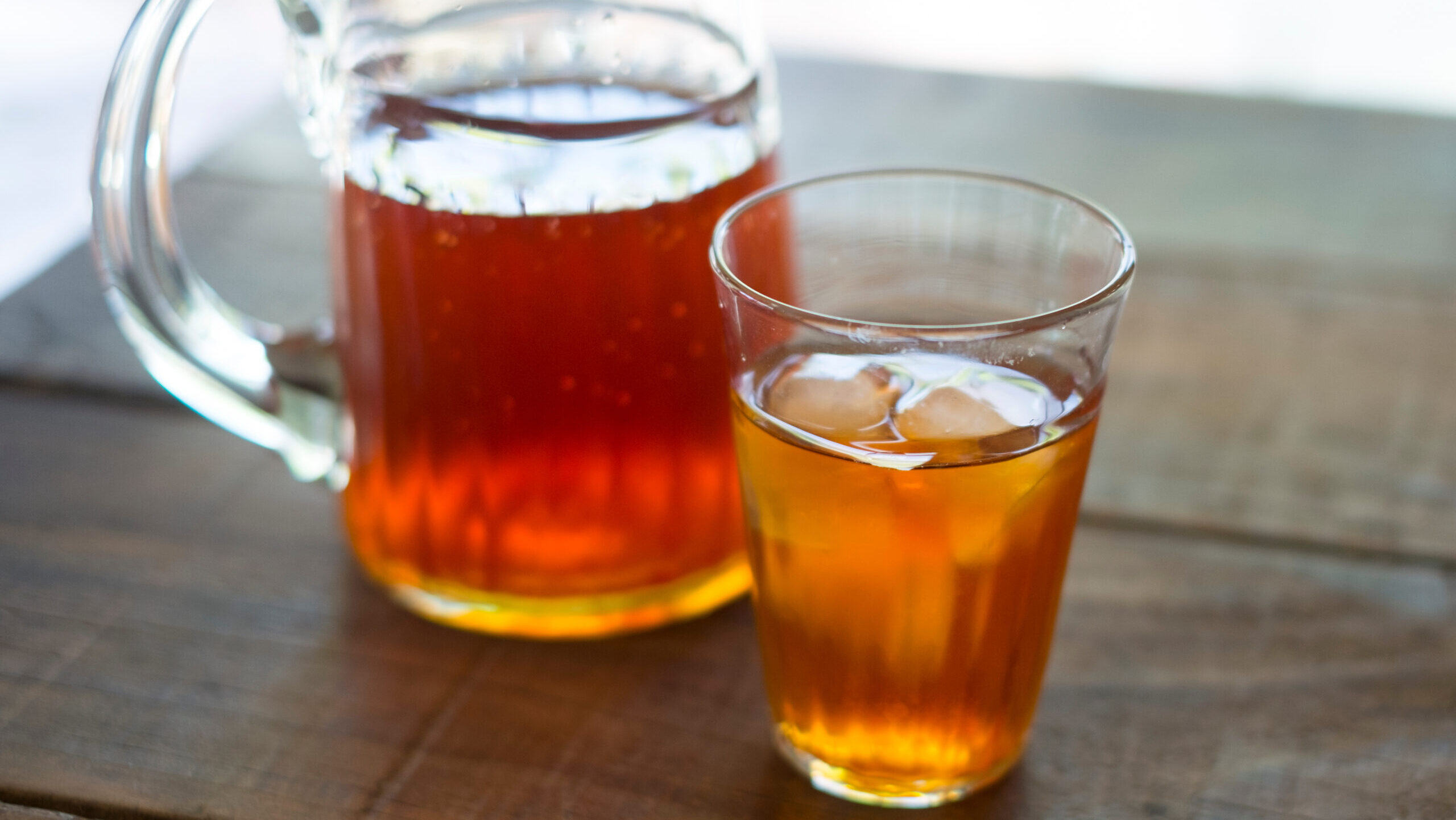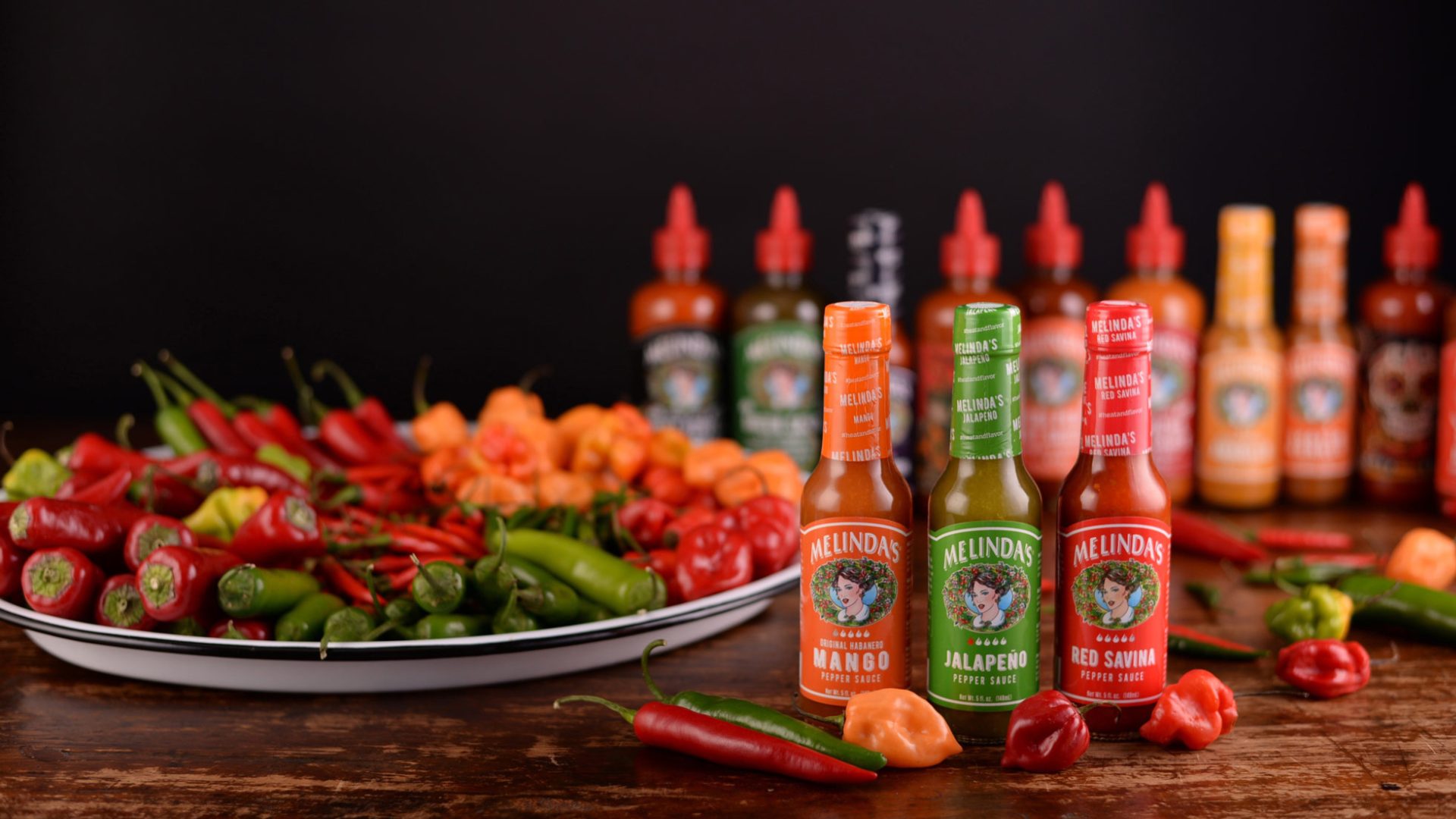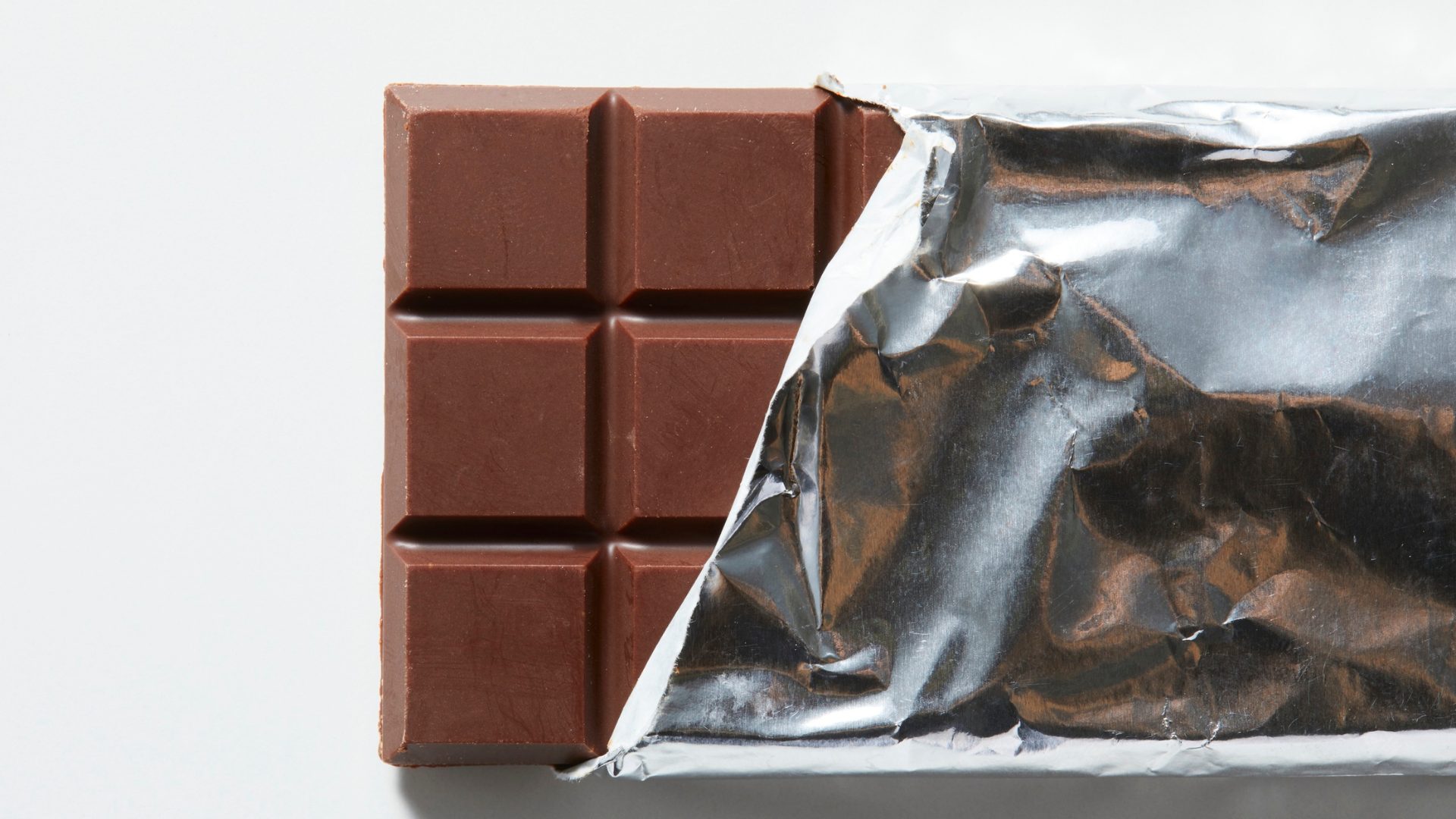Americans long have been behind the rest of the world when it comes to tea consumption, but change appears to be brewing.
Whether bold packaging or complex flavors are the impetus, the Bev50 2024 survey indicates iced tea – both sweetened and unsweetened varieties – has jumped from the seventh most popular drink to the third most popular.
“Our data suggest this could indeed threaten CSDs [carbonated soft drinks], which dropped to No. 6 in this year’s ranking. We included five tea brands in our study this year, all of which rate in the top 25,” Mary Mathes, director of data insights at Alpha-Diver, told The Food Institute.
Tea, which is second only to water as the most popular beverage in the world, has gone way beyond the orange pekoe popularized by such iconic brands as Lipton, blending black, green, white and numerous other leaves with herbal ingredients and even chocolate.
The Wall Street Journal recently highlighted several teas – powdered, loose leaf and in teabags – crediting their bold flavors and eye-catching packaging with iced tea’s popularity surge.
Tanya Falvo, director of operations at Upton Tea Imports, told FI the trend is moving away from ready-to-drink iced teas and powdered mixes toward loose-leaf teas that are brewed at home.
“Individuals who are cognizant of the sugar or ingredients they consume might lean into the home-brewed iced tea trend because it allows for more control of what they’re drinking,” Falvo said.
“As consumers reach for cleaner carbonated beverage options, tea suits that demand – simply add sparkling water to your iced tea and enjoy the traditional beverage transformed.”
Then there are the health benefits. A National Institutes of Health study noted the health benefits of tea have been promoted for thousands of years.
“Encouraging data showing cancer-preventive effects of green tea from cell-culture, animal and human studies have emerged. Evidence is accumulating that black tea may have similar beneficial effects. Tea consumption has also been shown to be useful for prevention of many debilitating human diseases that include maintenance of cardiovascular and metabolic health,” noted an NIH National Library of Medicine abstract.
Various studies suggest that polyphenolic compounds present in green and black tea are associated with beneficial effects in prevention of cardiovascular diseases, including coronary heart disease.
Rachael Miller, a nutritionist and owner of Zhi Herbals, said the trend away from alcohol likely is playing a major role in tea’s popularity.
“As the demand for iced tea has grown in the last few years, better options are becoming available,” Miller said. Many beverage makers are offering more functional drinks than just plain soda, such as iced tea drinks made with adaptogens like ashwagandha and holy basil.
“Some iced teas, such those made with herbs (such as damiana, ashwagandha, holy basil) can have mood-enhancing effects that make them preferable when compared to soda.”
Major soft-drink makers like PepsiCo and Coca-Cola saw tea’s potential long ago, introducing bottled versions under the Lipton and Pure Leaf, and Gold Peak and Honest Tea brands, respectively.
“Many mass brands 10 and 20 years ago gave bottled iced tea a bad rap, and now that perception is getting reversed,” said Theo Chan, who runs the review site Coffee Roast, and a cart that also serves tea. “Something that can’t be understated is that there’s a massive number of GI [gastrointestinal] issues, and many people perceive tea as easier or even more beneficial for stomach issues/gut health.”
The Food Institute Podcast’s “Foodservice Gamechangers” Series
Get to know the men and women behind the scenes of foodservice distribution in a new, limited series from The Food Institute Podcast called “Foodservice Gamechangers.” Recently, Pat Mulhern, advisor to The Food Institute, sat down for brief conversations with seven of the most influential foodservice merchandising and distribution leaders. Highlighting their food career journeys and management styles, the conversations feature insightful thoughts on what may lie ahead for manufacturers, distributors, and operators in foodservice.












